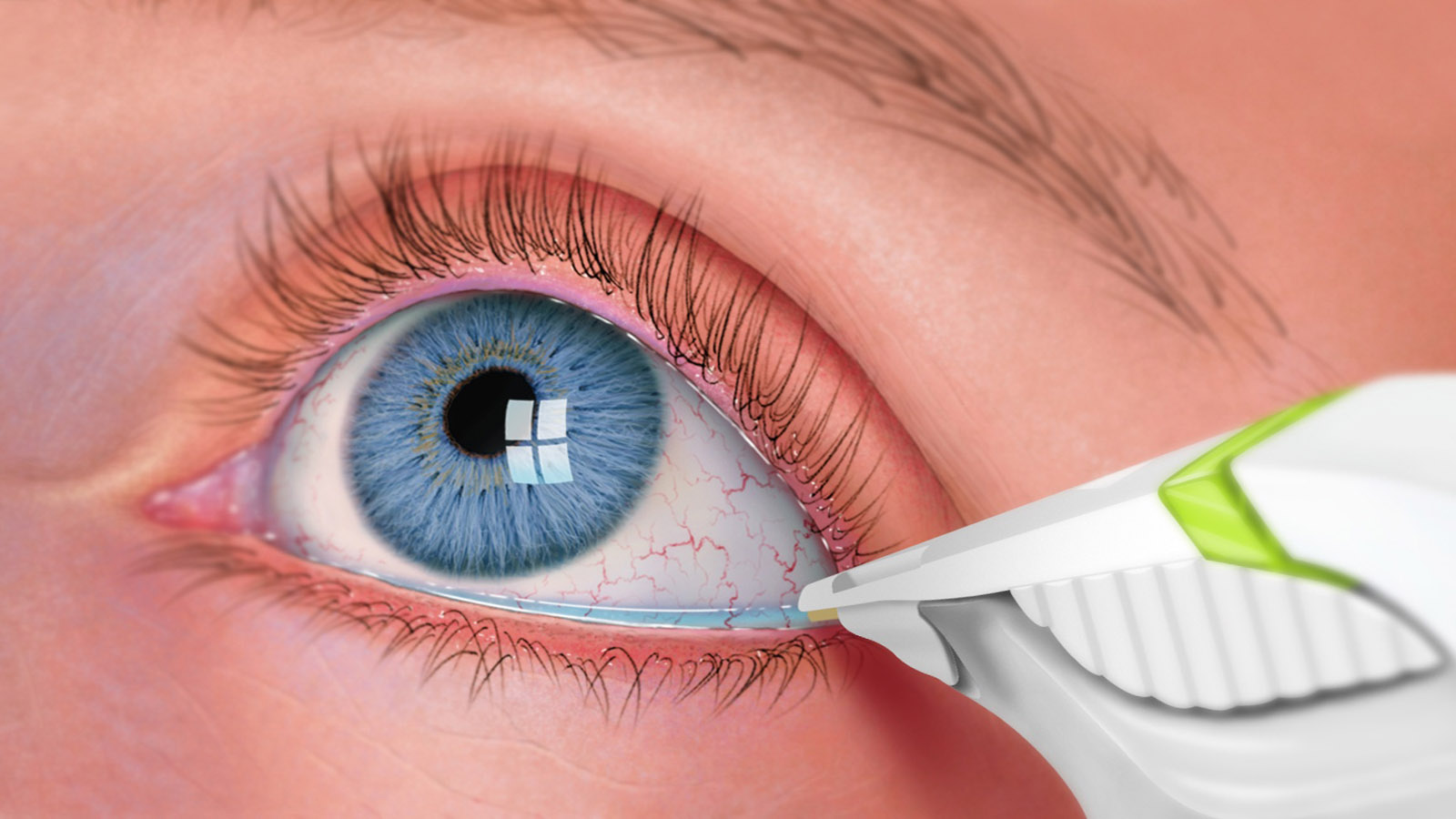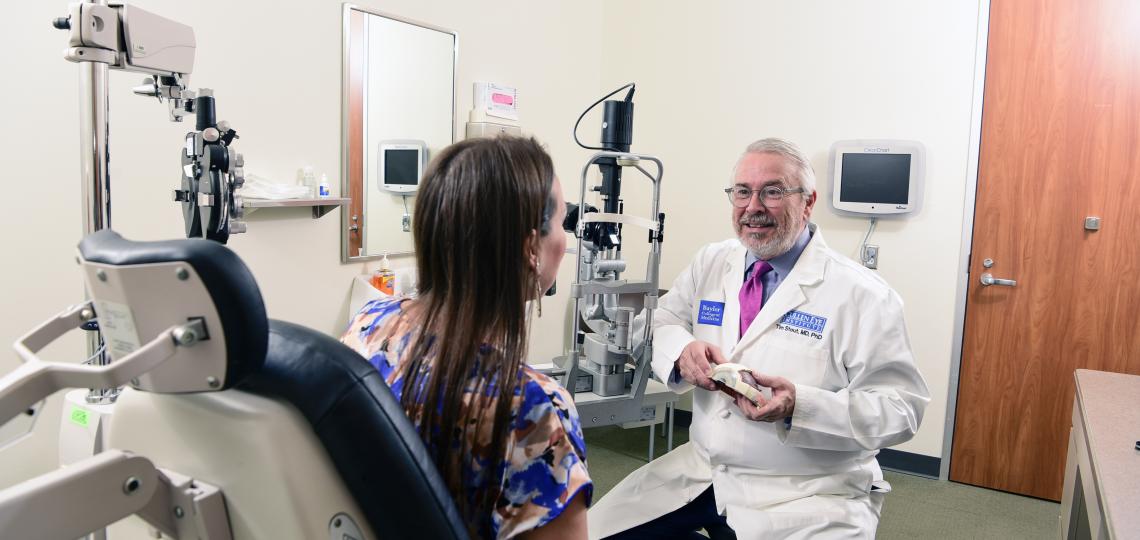Discover Andalusia's Ideal Cardiologist Clinics and Services
Discover Andalusia's Ideal Cardiologist Clinics and Services
Blog Article
The Pros and Cons of Different Refractive Surgical Treatments for Enhanced Eyecare

LASIK Surgical Treatment
LASIK surgical procedure is a generally executed refractive treatment that intends to fix vision issues such as farsightedness, astigmatism, and nearsightedness. This surgical strategy has actually acquired popularity as a result of its performance in offering clients with more clear vision and minimizing their dependence on glasses or call lenses. During the procedure, a thin flap is developed on the cornea, and a laser is used to improve the underlying tissue, fixing the refractive mistake. The flap is then repositioned, enabling fast healing and marginal discomfort for the patient.
Among the primary advantages of LASIK surgical procedure is the quick improvement in vision experienced by many individuals. Many people observe a considerable enhancement in their vision shortly after the treatment, with minimal downtime required for recovery. Additionally, LASIK is recognized for its high success price and low occurrence of problems when done by proficient surgeons. Nevertheless, like any kind of procedure, LASIK likewise carries some dangers, including dry eyes, glare, halos, and under or overcorrection of vision. It is crucial for individuals considering LASIK surgical procedure to undertake an extensive assessment by an eye treatment professional to establish if they appropriate prospects for the procedure.
PRK Procedure
The PRK treatment, likewise known as Photorefractive Keratectomy, is a kind of refractive surgical procedure that intends to correct vision issues comparable to LASIK surgical treatment. Unlike LASIK, which involves developing a flap in the cornea, PRK functions on the surface layer of the cornea. During the PRK treatment, the external layer of the cornea, called the epithelium, is gotten rid of to enable reshaping of the underlying corneal cells with an excimer laser. This improving aids to fix refractive mistakes such as nearsightedness, farsightedness, and astigmatism.
One of the benefits of PRK over LASIK is that it removes the danger of flap-related complications because no flap is developed during the surgery. Regardless of the longer healing period, PRK can be an appropriate alternative for people looking for vision improvement surgical treatment.
SMILE Surgical Procedure
An innovative refractive surgery strategy acquiring popularity in the field of ophthalmology is SMILE Surgical treatment. Little Cut Lenticule Extraction (SMILE) is a minimally invasive treatment that fixes vision by improving the cornea making use of a femtosecond laser. Unlike typical LASIK surgical treatment, SMILE Surgical procedure entails developing a small laceration in the cornea to extract a lenticule, which leads to much less interruption to the corneal structure and potentially quicker recovery times.
One of the primary advantages of SMILE Surgery is its ability to treat nearsightedness (nearsightedness) and astigmatism with high precision, leading to outstanding aesthetic results for clients. The minimally intrusive nature of the procedure additionally lowers the threat of problems such as dry eye syndrome, making it a positive choice for people seeking refractive surgery.

LASEK Strategy
Having actually checked out the advantages and factors to consider of SMILE Surgical procedure, an additional significant refractive surgical treatment technique worth analyzing is the LASEK Technique. LASEK, which means Laser-Assisted Subepithelial Keratectomy, is a form of laser eye surgery that intends to deal with refractive errors such as myopia (nearsightedness), hyperopia (farsightedness), and astigmatism.
Unlike LASIK, LASEK does not involve creating a corneal flap. Rather, during a LASEK procedure, the specialist uses a watered down alcohol option to loosen the slim external layer of the cornea, called the epithelium. This layer is then gently moved apart to permit the their website laser to improve the underlying corneal cells. As soon as the cornea has actually been improved to the desired level, the epithelial layer is rearranged.
Among the key advantages of LASEK is that it can be suitable for people with slim corneas that may not be great prospects for LASIK. Furthermore, LASEK generally causes minimal post-operative pain and a quicker recovery time contrasted to PRK. The aesthetic healing process with LASEK may be a little longer than with LASIK.
Implantable Call Lenses
Implantable Call Lenses offer a lasting vision adjustment remedy for people looking for an option to conventional call lenses or glasses. These lenses, also called phakic intraocular lenses, are operatively placed into the eye to correct refractive mistakes such as myopia (nearsightedness), hyperopia (farsightedness), and astigmatism. cardiologist andalusia. Unlike standard get in touch with lenses that sit on the surface of the eye, implantable get in touch with lenses function within the eye itself, providing clear vision without the demand for everyday upkeep or elimination
Among the essential advantages of implantable call lenses is their permanence. As soon as placed, they can continue to be in the eye indefinitely, using secure and regular vision improvement. In addition, these lenses can be an excellent option for individuals who are not great prospects for laser eye surgery or that like a reversible vision adjustment click now treatment.
Nevertheless, implantable get in touch with lenses do lug some dangers, including the potential for cataracts or boosted eye pressure. It is essential for people considering this choice to talk to an eye treatment expert to establish if implantable call lenses are the right choice for their certain requirements and eye health and wellness.
Final Thought
In verdict, each kind of refractive surgical treatment has its very own benefits and disadvantages. LASIK surgical procedure is preferred for its quick recovery time, while PRK treatment may be ideal for clients with thin corneas.

In General, SMILE Surgical treatment offers an encouraging option for individuals looking to improve their vision with refractive surgical procedure.
Report this page